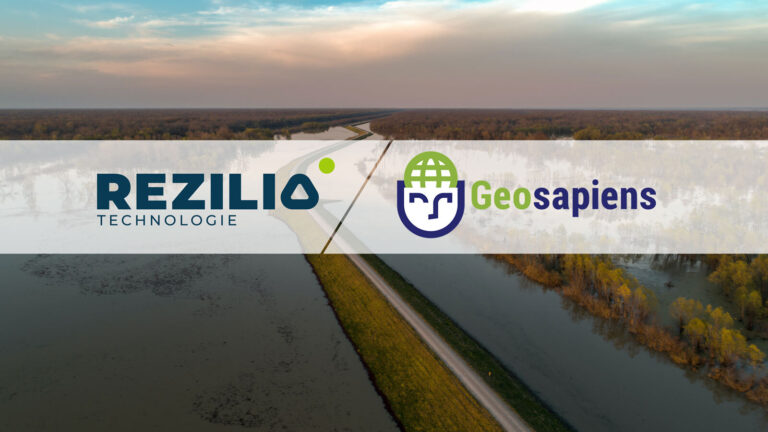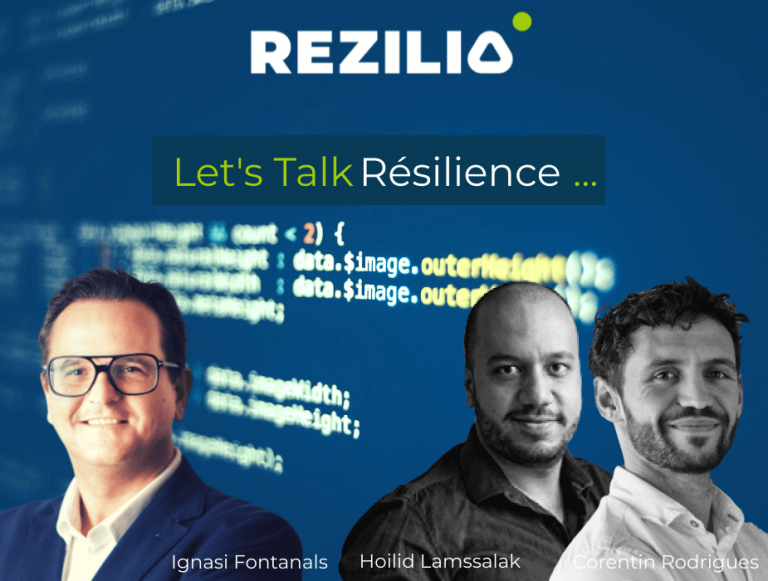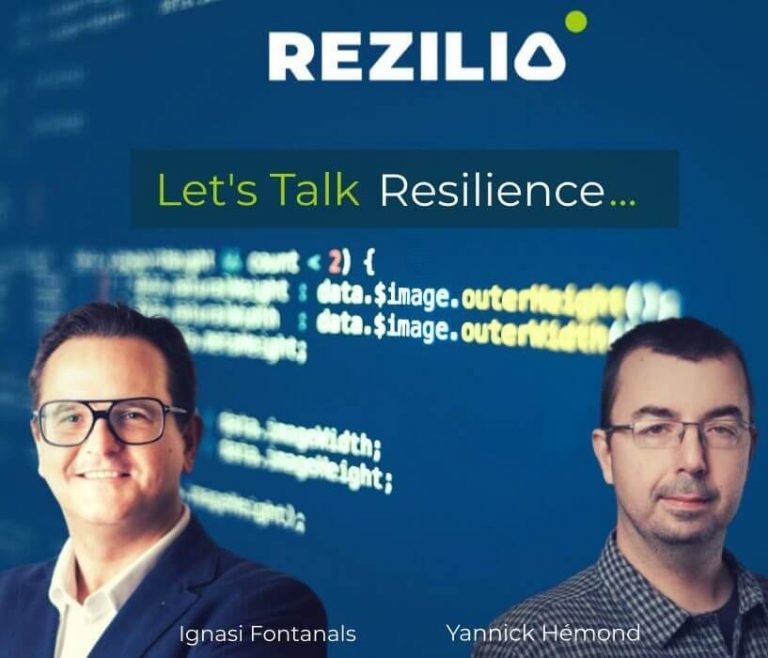A “cloud” for resilient and sustainable organizations
(Translated from original text in French)
We are entering a period of recovery and the time has come to join forces to help critical sectors of our society, from public services to private industry, municipalities, schools and hospitals. All of them need tools and technologies to help implement the various emergency plans, crisis management plans and resilience plans according to their specific needs.
Strategic discussions on resilient territories[1] and organizations are already underway and they are very important to position Resilience as a vector for the development of businesses[2], governments and society in general. But what are the more operational aspects that will enable us to help organizations become more resilient?
Beyond corporate strategies and public policies, certain “Smart”[3] technologies – if used judiciously – can help us to concretize our desire to make our territories and industries more resilient. The SaaS model is one that we will discuss in this article.
Wise use of SaaS
Over the past few years, the SaaS activities evaluated and sold have become more complex, sophisticated and, above all, aware of their customers’ needs. With COVID it is interesting to recall its benefits for resilient organizations. Increasingly popular, remember the concept of “software as a service” (SaaS) is now a fast growing trend in organizations and public administrations for its more innovative activities: SaaS is a cloud-based service where, instead of downloading software that your desktop PC can run and update, it runs through a web browser, so it doesn’t matter what operating system is used to access it.
SaaS offers a number of compelling benefits, including the promise of additional flexibility in license deployment, eliminating the need for infrastructure maintenance, reducing costs, and constant updating.
Although companies and public administrations have now adopted SaaS based on these advantages, some organizations are trying to set up their own cloud management services often with the idea of remaining protected from sharp price increases or annual costs “forced” by a “locked-in” situation. But the reality of the Cloud can also be flexible with contracts that are well adapted to the needs of each type of organization without losing the economies of scale that allow competitive pricing for users. In the case of some medium-sized organizations, the Cloud enables them to implement quickly and therefore provide a better service to users. An option that in the current crisis situation is essential.
More Resilience Through Clouds
Personally, over the last few years, I have been working around the concept of resilience and its associated “Smart” solutions. And as the resilience and risk management community moves forward to create new solutions and services, I have seen that different technologies contribute to the creation of resilient organizations. In the case of the Rezilio[4] solution we are developing from Canada and in constant exchange with Europe, the Saas model we have adopted is proving to be very relevant and flexible for our users. Organizations with risk and crisis management and rapid business resumption requirements benefit from access to all their contingency plans and procedures from their computer, tablet or smartphone. Different hybrid configurations allow offline work even if a disruption has impacted the network.
According to the latest studies[5], after the pandemic 40% of core IT spending will be related to the cloud in 2022 and by 2024 90% of large enterprises will have adopted multi-cloud or hybrid technologies and tools. Indeed, how could we have managed this containment crisis without cloud access to all our applications?
Finally, this acceleration in the use of the “Cloud” should help us to be able to adopt new resilience management solutions in our public and private organizations, and enable us to streamline crisis management workflows to contribute to efficiency savings or simplify disaster recovery operations.
These operational and short-term technologies can then also contribute in the long term to creating more resilient organizations, territories and societies to achieve Sustainable Development Objectives.
Ignasi Fontanals, Director Europe REZILIO
???? Book a private tour of Rezilio with one of our experts by clicking here !
[1] https://dr2020.ca/
[2] https://www.linkedin.com/posts/rezilio-technologie_leadingcompanies-canada-quebec-activity-6687721717902663681-nyja
[3]https://blog.rezilio.com/2020/06/05/resilience-et-outils-digitaux-idees-pour-une-resilience-en-tant-que-service-raas/
[4] www.rezilio.com
[5] The Role of Cloud on the Road to the Next Normal, IDC Research 2020 https://www.idc.com/getdoc.jsp?containerId=EUR146505920






